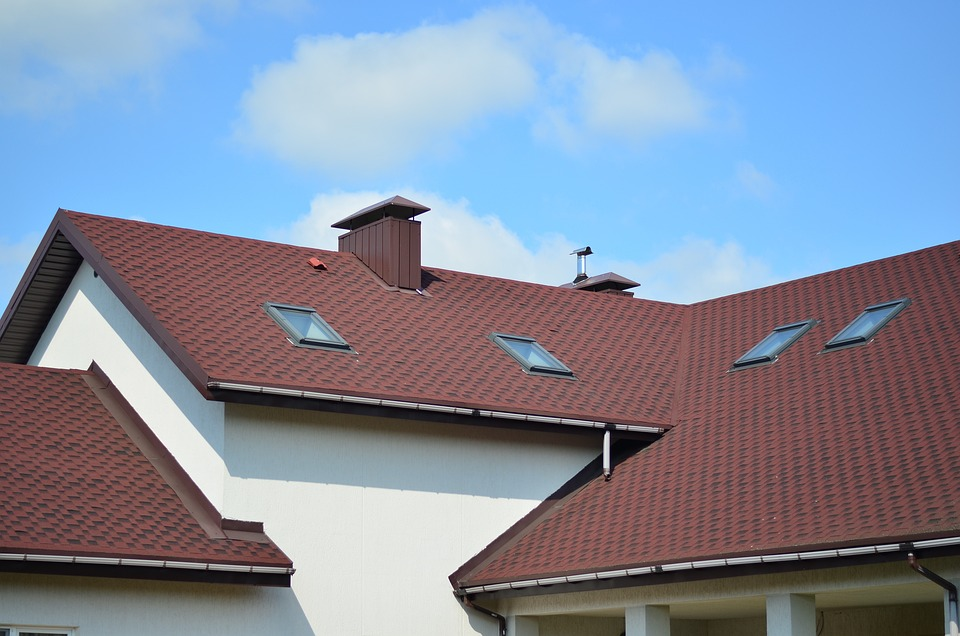The design of a roof plays a crucial role in the overall comfort and longevity of a home. Beyond its primary purpose of protecting a dwelling from the elements, the architectural design of a roof influences everything from temperature regulation to energy efficiency and structural integrity. Check out London Eco Metal for more information. Here are five reasons, described in extreme detail, why roof design is pivotal to home comfort and longevity:
Temperature Regulation and Insulation
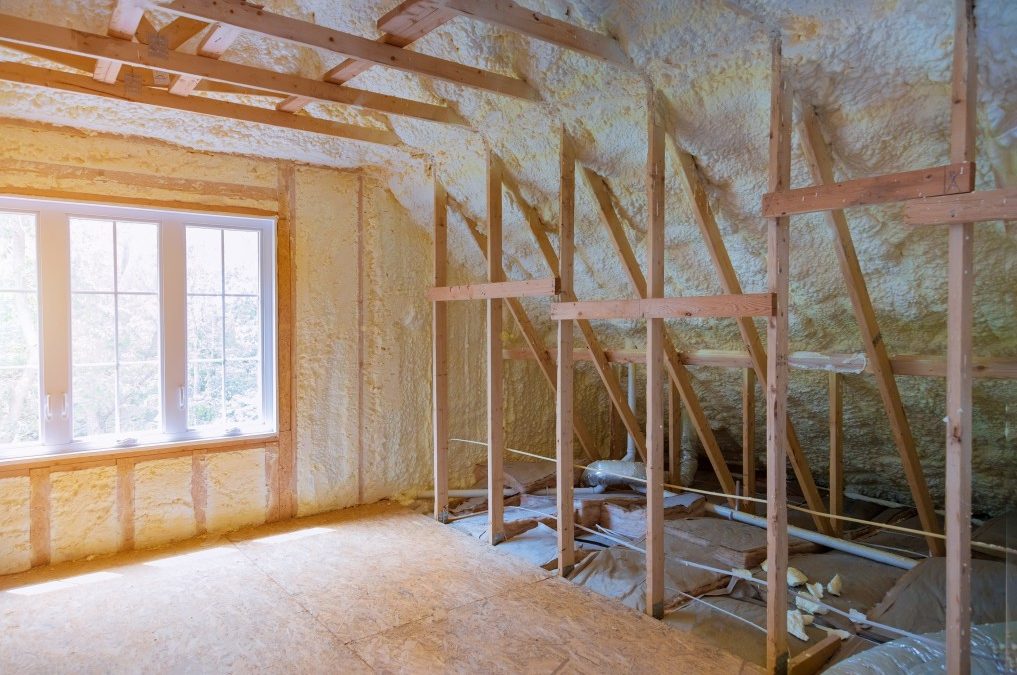
The shape and structure of a roof significantly affect how a home maintains its internal temperature. A well-designed roof can provide ample insulation, keeping the home warm during cold months and cool during hot ones. For instance, roofs with a higher pitch tend to have more attic space. This additional space can be utilized for extra insulation, which serves as a barrier to heat transfer. In contrast, flat roofs have less space for insulation, which can impact their ability to keep a building’s temperature regulated.
Moreover, the design can influence the ventilation within the attic space. Proper ventilation is crucial for minimizing the accumulation of heat during summer and reducing moisture buildup in winter, which can cause mold and mildew. Features like eave vents and ridge vents, integrated into the roof design, facilitate the flow of fresh air through the attic, contributing to more effective temperature regulation and a more comfortable living environment.
Energy Efficiency
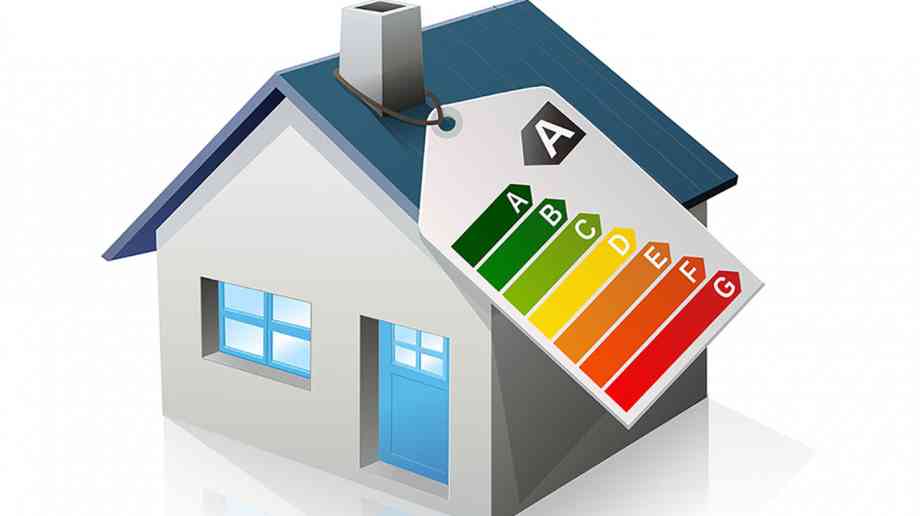
A roof’s design directly impacts a home’s energy efficiency. Roofs with designs that incorporate materials with high reflective properties can deflect sunlight and heat, reducing the need for air conditioning. For example, metal roofs or those with special reflective coatings can significantly decrease cooling costs in warm climates.
Additionally, the orientation and slope of a roof can maximize the potential for solar panel installation, providing a sustainable energy source and further enhancing energy efficiency. A south-facing roof with an optimal angle can capture the maximum amount of solar energy, making it ideal for homeowners interested in harnessing solar power.
Moreover, the incorporation of innovative roofing technologies and designs can further elevate a home’s energy efficiency. Green roofs, for instance, which are covered with vegetation, provide excellent insulation, reduce heat loss in winter, and keep the home cool in summer by absorbing heat.
These living roofs also contribute to better air quality and offer an aesthetically pleasing green space. The integration of such energy-efficient roofing solutions is a testament to the evolving nature of architectural design, aiming not only to reduce energy consumption but also to promote sustainability and environmental responsibility.
Water Drainage and Protection from the Elements
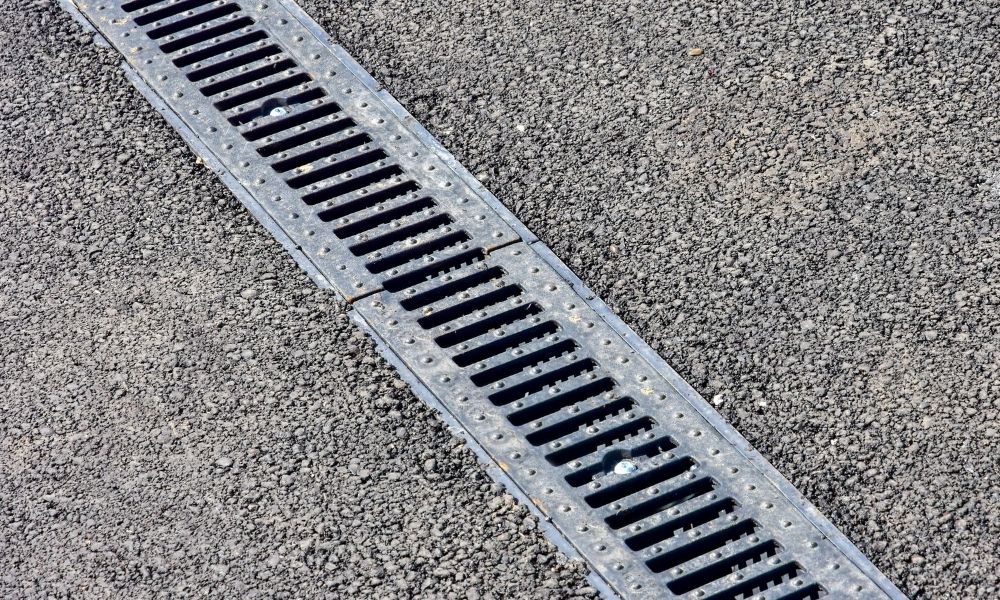
The architectural design of a roof influences its ability to drain water effectively, protecting the home from water damage. Roofs with a steep pitch tend to shed water and snow more efficiently than flat roofs, reducing the likelihood of leaks, ice dams, and moisture-related issues. The inclusion of features such as gutters, downspouts, and drip edges in the roof design further ensures that water is channeled away from the home’s foundation, preventing erosion and water infiltration into the basement or crawl spaces.
The design and material choice for roofing elements that facilitate water drainage should consider the local climate and environmental conditions. In regions with heavy rainfall, wider gutters and additional downspouts may be necessary to handle the increased water volume.
Similarly, in areas prone to snowfall, heating elements can be integrated within the gutter system to prevent ice buildup. The attention to such details in roof design not only enhances the home’s protection against water but also contributes to its overall longevity, ensuring that the dwelling remains secure and comfortable through all seasons.
Structural Integrity and Durability
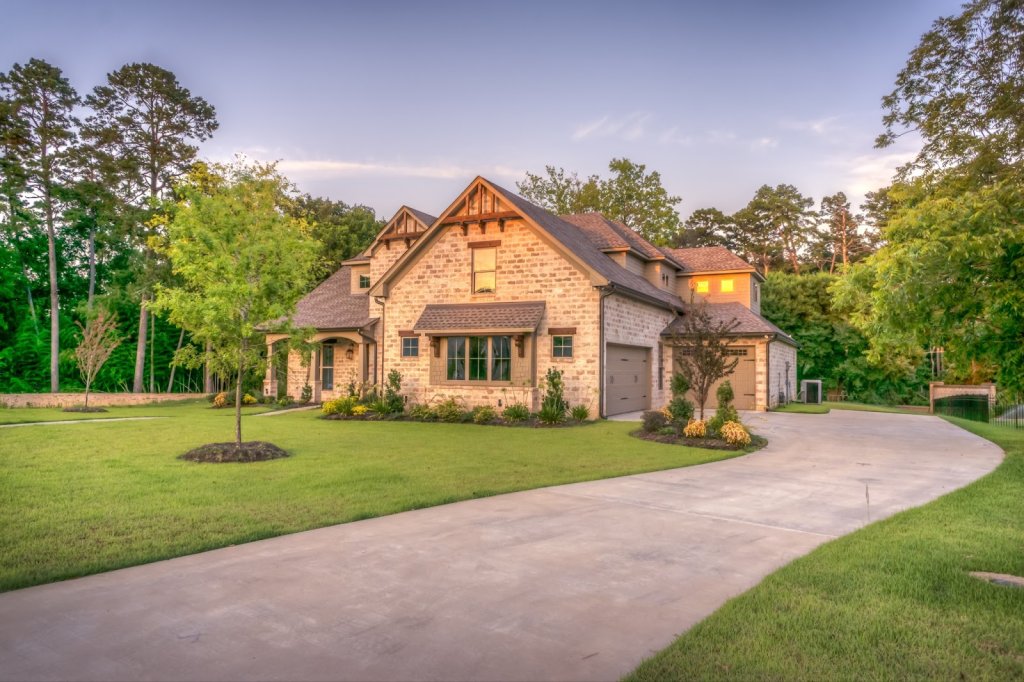
A roof’s design is integral to the structural integrity and durability of a home. Roofs designed to withstand local environmental conditions, such as heavy snowfall, high winds, or seismic activity, can prevent structural damage and extend the lifespan of a building. For instance, in areas prone to heavy snow, a roof with a steeper pitch and strong, resilient framing can bear the weight of snow accumulation better than a flat roof.
Similarly, in hurricane-prone regions, roofs designed with wind-resistant materials and reinforced anchoring systems can help prevent roof uplift and minimize damage during storms.
Investing in a roof designed for durability also has economic benefits. Durable roofs require less frequent repairs and replacements, offering homeowners significant savings over the life of the structure. Moreover, materials that are resistant to environmental degradation, such as corrosion-resistant metals or treated wood, maintain their structural integrity and aesthetic appeal over time, contributing to the home’s overall resilience.
The choice of durable, high-quality roofing materials, combined with thoughtful design, is an investment in the home’s future, ensuring that it remains safe, comfortable, and valuable for years to come.
Aesthetic Appeal and Property Value
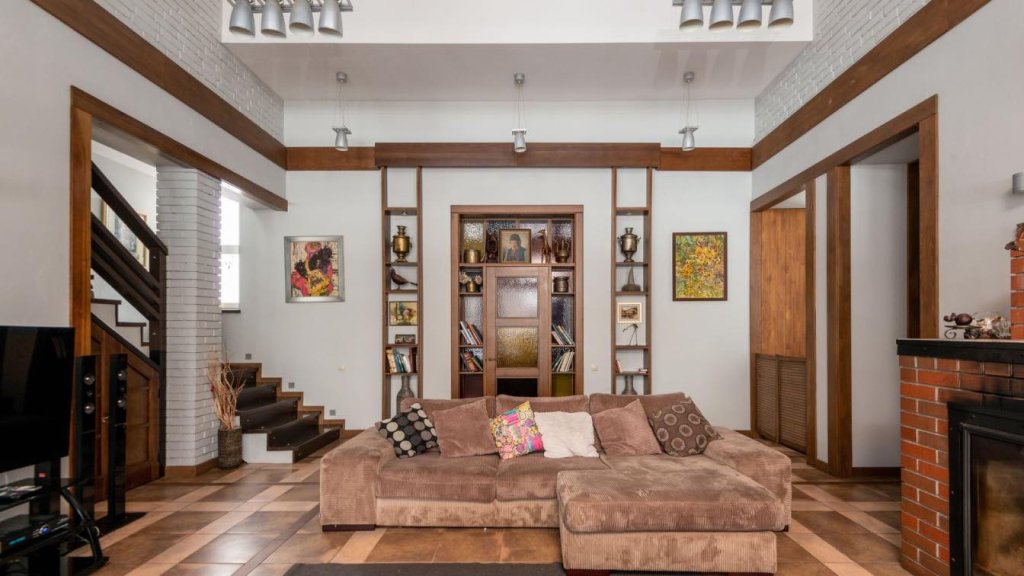
Finally, the design of a roof contributes to the aesthetic appeal and overall property value of a home. A roof that complements the architectural style of a house can enhance its curb appeal, making it more attractive to potential buyers. The choice of roofing materials, colors, and design elements can add character and distinction to a home, reflecting the homeowner’s personal style. Moreover, a well-designed, durable roof is often a key selling point, as it indicates to buyers that the home is well-protected against the elements and requires less maintenance, thereby increasing its market value.
Conclusion
The design of a roof is a fundamental aspect that impacts not only the aesthetic appeal of a home but also its comfort, energy efficiency, and longevity. Through careful consideration of temperature regulation, energy efficiency, water drainage, structural integrity, and aesthetic appeal, homeowners and architects can ensure that a roof meets both practical and stylistic needs. Investing in a thoughtfully designed roof is investing in the future comfort, sustainability, and value of a home.

